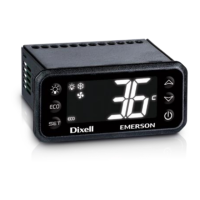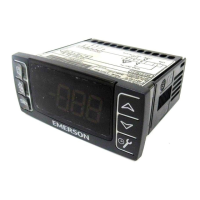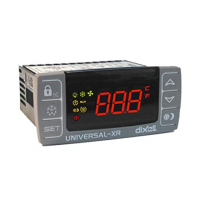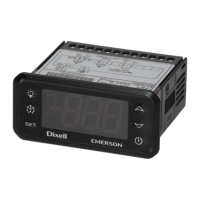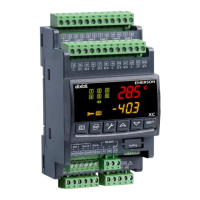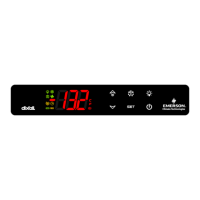User Manual Appendix A
GFK-1742F Jan 2020
Error Reporting 386
A-3 Troubleshooting Digital Servo Alarms
The guidelines below are intended to assist in isolating problems associated with various
servo alarms. If the items below do not fit the case or resolve the alarm, replace the servo
amplifier, or Contact Emerson Technical support. The appropriate amplifier and motor,
Maintenance Manual or Description Manual, will include more detailed trouble shooting
procedures.
HV (High-voltage) Alarm: This alarm occurs if the high voltage DC level (DC LINK) is
abnormally high.
1.
The AC voltage supplied to the amplifier may be higher than the rated input voltage.
The
Series amplifier, three-phase supply voltage should be between 200 VAC to
240 VAC.
2.
The external regeneration resistor may be wired incorrectly. Carefully check the
connections of the regeneration resistor to the amplifier. Check that the resistance
of the regeneration resistor is within 20% of the rated value. Replace the
regeneration unit if the resistance is out of tolerance.
3.
The regeneration resistor may not be capable of dissipating excess generated
voltage. Review the calculations for selecting the regenerative discharge unit and
replace with a resistor of higher wattage rating as needed. Reducing acceleration
values and position loop gains (larger value Position Loop Time Constant) will
additionally reduce regenerated voltage levels.
LVDC (Low Voltage DC Link: This alarm occurs if the high voltage DC level (DC LINK) voltage
is abnormally low.
The AC voltage supplied to the amplifier may be missing or lower in value than the rated
input voltage. The
β
Series amplifier, three-phase supply voltage should be between 200
VAC to 240 VAC. Verify that the proper level of AC voltage is supplied to the line input
(L1, L2 and L3) connections of the amplifier.
DCOH or DCSW (Regeneration Alarm): The DCOH alarm occurs if the temperature of the
regeneration resistors is too high. The DCSW alarm indicates problems in the switching
portion of the regeneration circuitry.
1.
If the external regeneration resistor is not used check that the temperature sensor
input to the amplifier is shorted or jumped. The
Series amplifier jumper T604
should be installed on connector CX11-6.
2.
The external regeneration resistor may be wired incorrectly. Carefully check the
connections of the regeneration resistor to the amplifier. Check that the resistance
of the regeneration resistor temperature sensor is near zero ohms at room
temperature. Replace the regeneration resistor if the temperature sensor indicates
an open condition.
3.
The regeneration resistor may not be capable of dissipating excess generated
voltage. Review the calculations for selecting the regenerative discharge unit and
replace with a resistor of higher wattage rating as needed. Reducing acceleration

